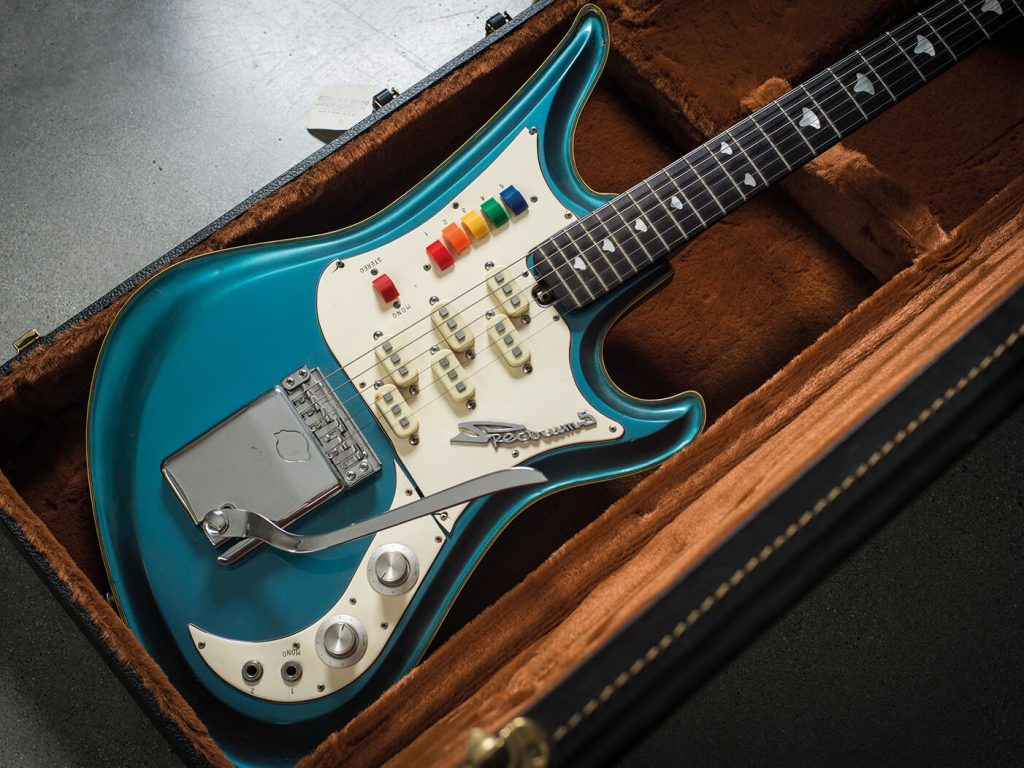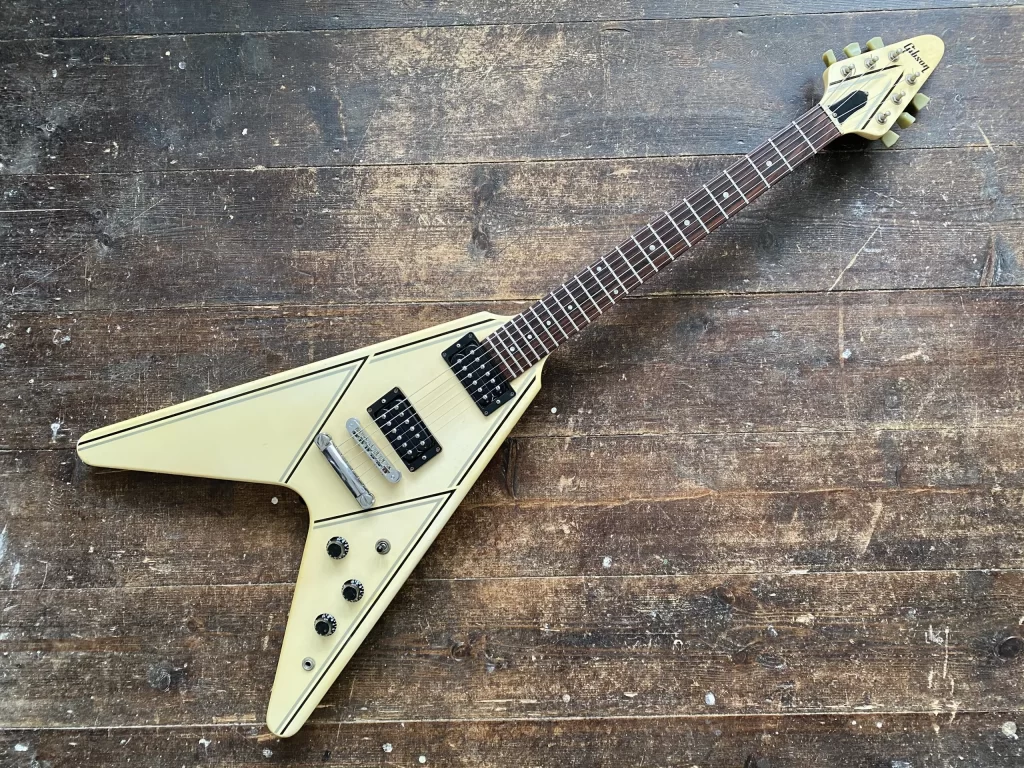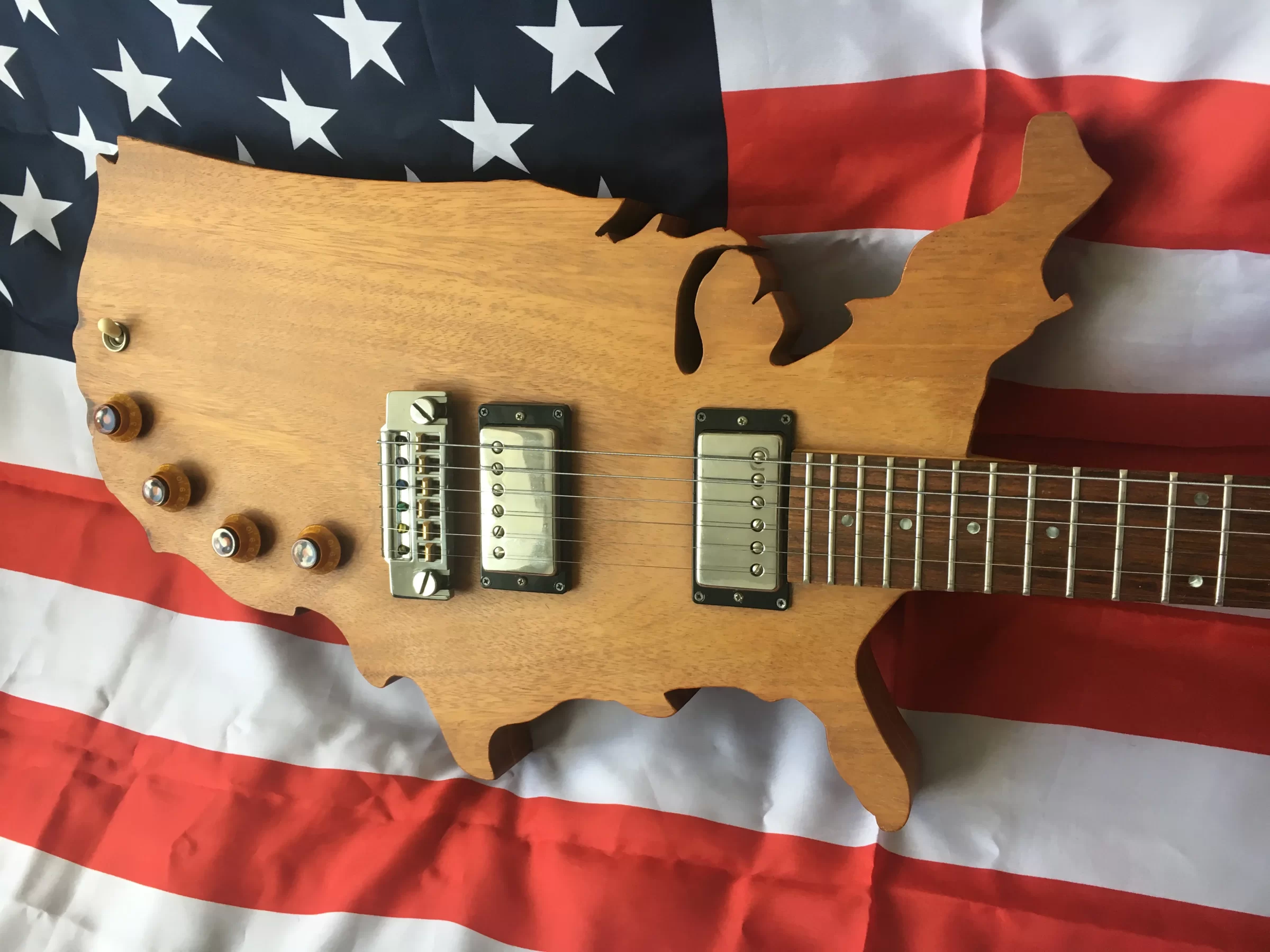Surf rock, a genre that emerged in the 1960s, is known for its energetic and catchy guitar-driven sound. One of the key players in shaping this genre was the Teisco Del Rey guitar. Teisco Del Rey guitars were produced by the Japanese company Teisco, which was founded in 1946. These guitars quickly gained popularity among surf rock musicians due to their unique sound and affordability. Today, Teisco Del Rey guitars continue to be revered for their distinctive tone and have left an indelible mark on the music industry.
The Rise of Surf Rock and the Emergence of Teisco Del Rey
Surf rock gained popularity in the early 1960s, particularly in California. It was characterized by its upbeat tempo, catchy melodies, and the prominent use of electric guitars. The genre was heavily influenced by the surf culture of Southern California and the instrumental rock music of artists like Dick Dale and The Ventures.
During this time, Teisco Del Rey guitars entered the scene and quickly became a favorite among surf rock musicians. These guitars were known for their affordability, making them accessible to aspiring musicians who couldn’t afford more expensive instruments. The unique sound and design of Teisco Del Rey guitars also contributed to their popularity within the surf rock community.
The Distinctive Sound of Teisco Del Rey Guitars

Teisco Del Rey guitars are known for their distinctive sound, which is characterized by a twangy and bright tone. This unique sound is achieved through a combination of factors, including the type of pickups used in these guitars and their construction.
Teisco Del Rey guitars typically featured single-coil pickups, which contributed to their bright and twangy sound. These pickups captured the nuances of each note, resulting in a clear and articulate tone that cut through the mix. Additionally, the construction of Teisco Del Rey guitars, with their hollow or semi-hollow bodies, added to their unique sound. The resonance of these guitars gave them a rich and full tone that was well-suited for the surf rock genre.
When compared to other guitar brands and models of the time, Teisco Del Rey guitars stood out for their affordability and distinctive sound. While other guitar brands like Fender and Gibson were popular among professional musicians, Teisco Del Rey guitars offered a more affordable option without compromising on quality or tone.
The Role of Teisco Del Rey in the Evolution of Surf Rock
Teisco Del Rey guitars played a significant role in shaping the sound and style of surf rock. Their unique sound, characterized by its twangy and bright tone, became synonymous with the genre. Many iconic surf rock songs feature the distinctive sound of Teisco Del Rey guitars.
One example is Dick Dale’s “Misirlou,” which is often considered one of the quintessential surf rock songs. The song features Dale’s signature fast-paced guitar playing, accompanied by the twangy and bright tone of his Teisco Del Rey guitar. The combination of Dale’s virtuosic playing and the unique sound of the Teisco Del Rey guitar helped define the surf rock sound.
Another example is The Ventures’ “Walk Don’t Run,” which became a hit in 1960. The song features the jangly and twangy sound of a Teisco Del Rey guitar, which perfectly complements the catchy melody and energetic rhythm of the song. “Walk Don’t Run” helped popularize surf rock and solidify the role of Teisco Del Rey guitars in the genre.
Teisco Del Rey’s Influence on Garage Rock and Punk
In addition to its impact on surf rock, Teisco Del Rey guitars also played a significant role in the development of garage rock and punk music. These genres emerged in the 1960s and 1970s, characterized by their raw and energetic sound.
Teisco Del Rey guitars were adopted by many garage rock and punk musicians due to their affordability and unique sound. The twangy and bright tone of these guitars added a distinctive element to the aggressive and rebellious sound of garage rock and punk music.
One example of a garage rock song featuring a Teisco Del Rey guitar is The Sonics’ “Strychnine.” The song, released in 1965, features the gritty and distorted sound of a Teisco Del Rey guitar, which perfectly complements the raw and aggressive nature of the song. The use of a Teisco Del Rey guitar in “Strychnine” helped define the garage rock sound and solidify the instrument’s place in the genre.
In the punk genre, Teisco Del Rey guitars were also embraced by bands like The Ramones. Johnny Ramone, the guitarist for The Ramones, famously used a Teisco Del Rey guitar throughout his career. The bright and twangy sound of the Teisco Del Rey guitar added a unique element to The Ramones’ fast-paced and aggressive punk sound.
The Teisco Del Rey’s Impact on Indie Pop and Alternative Rock

Teisco Del Rey guitars have also made their mark on indie pop and alternative rock music. These genres emerged in the 1980s and 1990s, characterized by their melodic sensibilities and alternative approach to mainstream music.
Teisco Del Rey guitars have been used in indie pop and alternative rock music to add a vintage and nostalgic element to the sound. The twangy and bright tone of these guitars adds a unique texture to the melodic and catchy nature of indie pop and alternative rock songs.
One example of an indie pop song featuring a Teisco Del Rey guitar is Belle and Sebastian’s “The Boy with the Arab Strap.” The song, released in 1998, features the jangly and twangy sound of a Teisco Del Rey guitar, which adds a vintage and nostalgic element to the song’s melodic and whimsical nature. The use of a Teisco Del Rey guitar in “The Boy with the Arab Strap” helps create a distinct sound that is characteristic of indie pop music.
In alternative rock, Teisco Del Rey guitars have been used by bands like The Strokes. The Strokes’ guitarist, Albert Hammond Jr., has been known to use a Teisco Del Rey guitar in his playing. The bright and twangy sound of the Teisco Del Rey guitar adds a unique element to The Strokes’ alternative rock sound, helping to create their signature sound.
The Versatility of Teisco Del Rey Guitars in Contemporary Music
Despite their association with specific genres like surf rock, garage rock, and indie pop, Teisco Del Rey guitars have proven to be versatile instruments that can be used in various genres and styles of music.
In contemporary music, Teisco Del Rey guitars have been used in genres like psychedelic rock, shoegaze, and even hip-hop. The unique sound and aesthetics of these guitars add a distinct flavor to these genres, helping to create a unique sonic landscape.
One example of a psychedelic rock song featuring a Teisco Del Rey guitar is Tame Impala’s “Elephant.” The song, released in 2012, features the twangy and bright sound of a Teisco Del Rey guitar, which adds a vintage and psychedelic element to the song’s trippy and hypnotic nature. The use of a Teisco Del Rey guitar in “Elephant” helps create the distinct sound that is characteristic of psychedelic rock.
In shoegaze, Teisco Del Rey guitars have been used by bands like My Bloody Valentine. The dreamy and ethereal sound of these guitars adds a unique texture to the wall of sound created by shoegaze bands. The use of a Teisco Del Rey guitar in shoegaze music helps create the distinct and immersive sound that is characteristic of the genre.
Even in hip-hop, Teisco Del Rey guitars have been sampled and used as a source of inspiration. The unique sound and aesthetics of these guitars add a vintage and nostalgic element to hip-hop tracks, helping to create a unique sonic landscape.
The Re-emergence of Teisco Del Rey Guitars in Modern Music Production
In recent years, there has been a resurgence of interest in Teisco Del Rey guitars, with many musicians and producers rediscovering their unique sound and aesthetics. These guitars have found a place in modern music production, with artists and producers incorporating them into their recordings and performances.
One example of a modern song featuring a Teisco Del Rey guitar is Arctic Monkeys’ “Do I Wanna Know?” The song, released in 2013, features the twangy and bright sound of a Teisco Del Rey guitar, which adds a vintage and nostalgic element to the song’s modern rock sound. The use of a Teisco Del Rey guitar in “Do I Wanna Know?” helps create a distinct sound that is characteristic of Arctic Monkeys’ music.
Another example is Mac DeMarco’s “Salad Days,” released in 2014. The song features the jangly and twangy sound of a Teisco Del Rey guitar, which adds a vintage and lo-fi element to the song’s laid-back and melodic nature. The use of a Teisco Del Rey guitar in “Salad Days” helps create the distinct sound that is characteristic of Mac DeMarco’s music.
The Unique Design and Aesthetics of Teisco Del Rey Guitars
Teisco Del Rey guitars are not only known for their unique sound but also for their distinctive design and aesthetics. These guitars feature bold colors, futuristic shapes, and quirky details that set them apart from other guitar brands and models.
The design of Teisco Del Rey guitars reflects the era in which they were produced, with their space-age shapes and vibrant colors. These guitars often feature asymmetrical bodies, unusual headstocks, and unique pickup configurations. The combination of these design elements gives Teisco Del Rey guitars a distinct and eye-catching appearance.
When compared to other guitar brands and models, Teisco Del Rey guitars stand out for their unconventional design. While other guitar brands like Fender and Gibson were known for their more traditional and conservative designs, Teisco Del Rey guitars embraced a more experimental and avant-garde approach to guitar design.
The Legacy of Teisco Del Rey and Its Enduring Influence on Music Today

The legacy of Teisco Del Rey is undeniable, with its impact on the music industry still felt today. These guitars played a significant role in shaping the sound and style of surf rock, garage rock, punk, indie pop, alternative rock, and various other genres.
Teisco Del Rey guitars continue to be revered for their unique sound and aesthetics. Many musicians and collectors seek out these guitars for their vintage appeal and distinctive tone. The influence of Teisco Del Rey guitars can be heard in countless songs across different genres, showcasing their enduring impact on music.
The Future of Teisco Del Rey Guitars in the Music Industry
As the music industry continues to evolve, it is likely that Teisco Del Rey guitars will continue to find a place in contemporary music production. Their unique sound and aesthetics make them a valuable tool for musicians and producers looking to add a vintage and nostalgic element to their recordings.
There is also the possibility for new designs and innovations within the Teisco Del Rey brand. As technology advances, there may be opportunities to incorporate modern features into these guitars while still maintaining their vintage appeal.
Overall, the future of Teisco Del Rey guitars in the music industry looks promising, with their enduring legacy and unique qualities ensuring their continued relevance.
Conclusion
Teisco Del Rey guitars have left an indelible mark on the music industry. From their role in shaping the sound and style of surf rock to their influence on garage rock, punk, indie pop, alternative rock, and various other genres, these guitars have played a significant role in shaping the sound of popular music.
The unique sound and aesthetics of Teisco Del Rey guitars continue to be revered by musicians and collectors alike. Their distinctive tone and design make them sought after instruments that add a vintage and nostalgic element to contemporary music.
As the music industry continues to evolve, it is likely that Teisco Del Rey guitars will continue to find a place in modern music production. Their enduring legacy and unique qualities ensure that they will remain an important part of music history for years to come.
